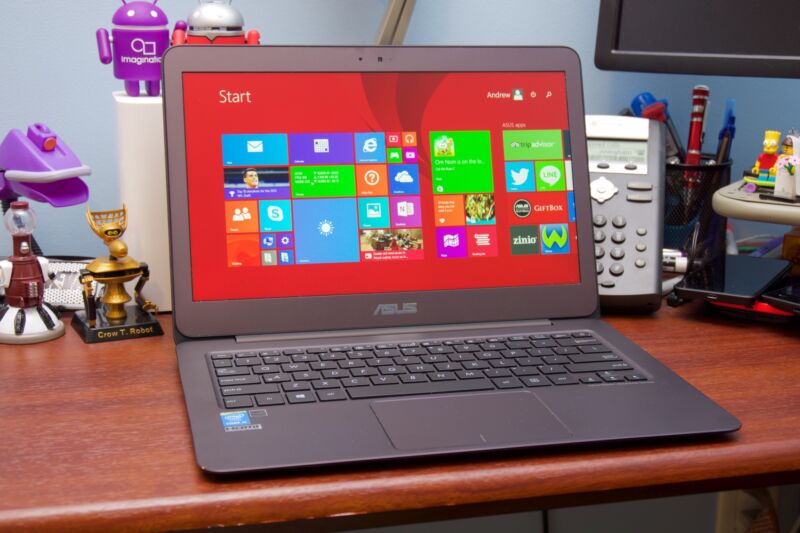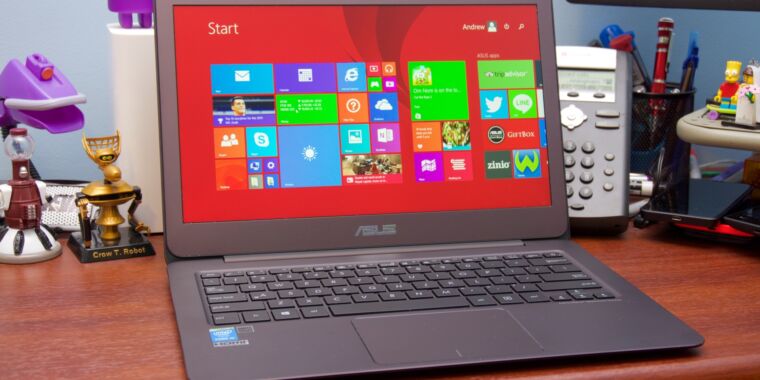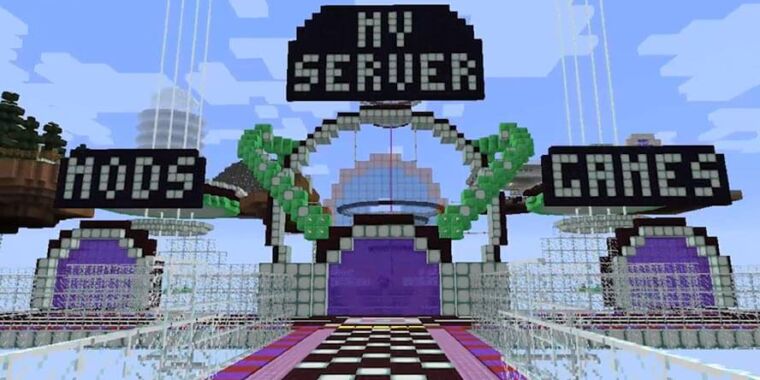
Andrew Cunningham
According to StatCounter, Windows 8 and 8.1 still account for about 4.3 percent of the Windows install base worldwide, far less than Windows 11, Windows 10, or even Windows 7. But for the people still using Windows 8.1, the end of the line is in sight. ZDNet reports that Microsoft will soon begin pushing out notifications to the remaining Windows 8.1 users, warning them that support and security updates will be ending on January 10, 2023, and recommending that they move to a newer operating system (Windows 8.0 support ended in 2016).
Microsoft provided similar end-of-support messages to Windows 7 users when its updates dried up back in January 2020. ZDNet says that users will be able to click the notification messages to learn more or dismiss them until after the end-of-support date arrives.
That January 2023 date does appear to be a hard cutoff. Microsoft says it has no plans to offer ongoing Windows 8.1 security updates to businesses that choose to pay for them, as it has with Windows 7. Businesses willing to fork over the money can still get security updates for Windows 7 until 2023, but Windows 7 is still running on 13 percent of all Windows PCs worldwide. It justifies the continued effort and expense on Microsoft’s part in a way that continuing to support the much-less-popular Windows 8 would not.
Remaining Windows 8 users who aren’t ready to replace their PCs can still buy themselves time by upgrading to Windows 10, which was Microsoft’s flagship OS up until less than a year ago and will continue receiving updates until at least October of 2025. Any PC that can run Windows 8 tolerably well should be able to do the same with Windows 10.
Microsoft officially ended its free Windows-8-to-Windows-10 upgrade offer way back in 2016. But technically speaking, there’s nothing preventing Windows 10 from installing and activating normally on systems with valid Windows 8 licenses, either with a product key (for retail licenses) or automatically (for PCs sold with Windows 8 preinstalled).
It’s an update loophole that Microsoft has kept open for years now, a byproduct of the company’s circa-2015 desire to unify the Windows install base on a single version of the operating system. Windows 11, as we’ve written, takes a decidedly different approach. But at least for now, Microsoft still doesn’t seem interested in strict enforcement of the licensing and activation rules for individuals upgrading to newer versions of Windows on their own systems.
Windows 8 flopped at least in part because it tried to graft a touch-friendly tablet interface onto the Windows desktop, replacing or transforming familiar elements like the Start menu in the process. These disruptive interface changes distracted from what was otherwise mostly a good incremental upgrade to the popular Windows 7. Once it was replaced by the more familiar-looking Windows 10 in 2015, Windows 8’s market share deteriorated rapidly thanks to a free upgrade offer that allowed all Windows 7 and Windows 8 PCs to upgrade to Windows 10 at no additional cost.








